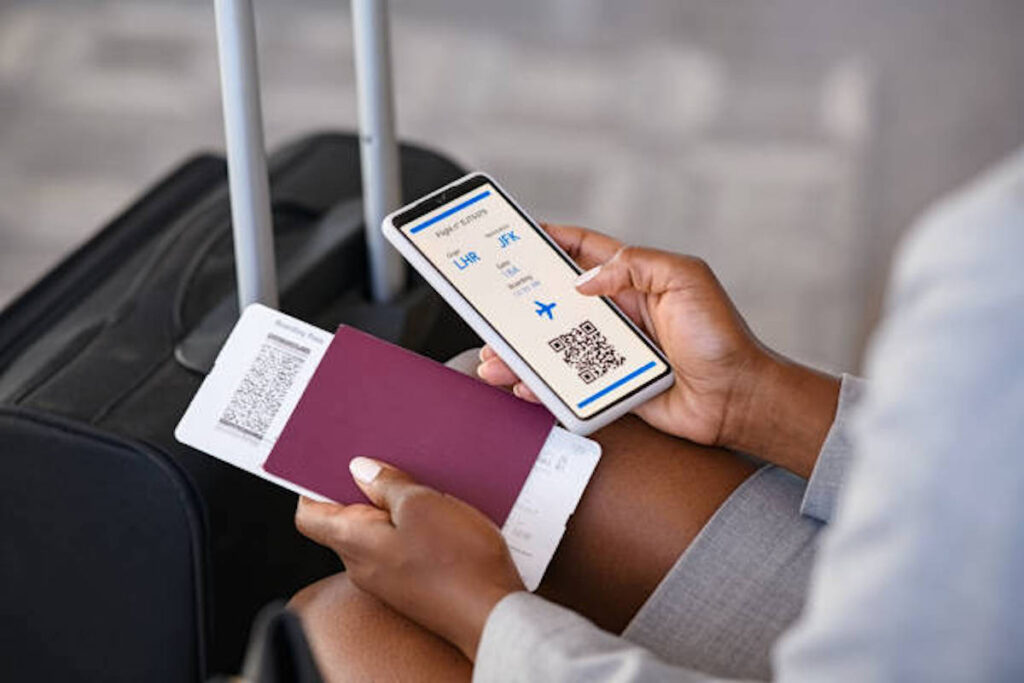Traveling can be an exhilarating adventure but comes with its fair share of uncertainties. Flight delays, cancellations, and schedule changes can disrupt even the most meticulously planned itinerary. This is where the art of navigating flight alerts comes into play. In today’s digital age, staying informed about your flight’s status has become more accessible. Mastering flight alerts can transform your travel experience from potentially chaotic to seamlessly smooth. In this guide, we’ll explore the ins and outs of flight alerts, providing you with valuable insights on how to use them effectively to stay ahead of the game.
Understanding Flight Alerts: A Primer
Before we delve into the specifics, let’s first grasp the concept of flight alerts. Flight alerts are notifications sent to travelers regularly via email, SMS, or an exclusive mobile app to inform them about any changes in their flight schedule. These changes could range from delays and cancellations to gate changes and boarding announcements. Airlines and travel platforms provide this service to keep passengers updated and ensure a smoother travel experience.

Setting Up Your Flight Alerts
The first step in navigating flight alerts is to ensure you’re set up to receive them. Most airlines and travel booking platforms offer the option to receive notifications regarding your flight. You can provide your contact information and preferences for receiving alerts during booking. Make sure to double-check this information to guarantee you receive timely updates about your flight.
Read More:
Essential Gears for an Overnight Hiking Adventure
Choosing the Right Alert Preferences
Flight alerts come in various forms, so tailoring them to your needs is crucial. Consider what information is most important to you. Do you want to be notified of any changes in departure time, gate assignments, or baggage claim? By customizing your alert preferences, you can ensure you receive only relevant information for your journey.
For instance, you might prioritize alerts about delays or gate changes if you’re a business traveler with a tight schedule. On the other hand, if you’re traveling with young children, you may want to receive alerts about boarding announcements and baggage claims to plan your time accordingly.
Staying Informed in Real-Time
While setting up flight alerts is essential, knowing where and how to access them is equally important. Many airlines and travel platforms have dedicated mobile apps that provide real-time updates on your flights. Downloading and familiarizing yourself with these apps can be a game-changer in staying informed throughout your journey. Additionally, keep your phone charged and easily accessible so that you can receive and act on alerts promptly.
Responding to Flight Alerts Effectively
Receiving a flight alert is just the first step; how you respond to it can make all the difference. In the case of a delay or cancellation, having a plan in place can save you valuable time and stress. Consider having contact information for the airline’s customer service readily available and knowing your rights as a passenger in such situations. Being proactive and taking swift action can help you secure alternative arrangements or accommodations.
Utilizing Additional Travel Tools
Flight alerts are a powerful tool but are just one resource for seamless travel. Consider combining them with other travel tools and apps that can enhance your overall experience. From weather updates to local transportation information, having a comprehensive travel toolkit can help you travel any unexpected twists and turns in your trip.
For example, weather apps can inform you of inclement weather that may affect your travel plans. Transportation apps can help you plan your journey to and from the airport, ensuring you arrive with plenty of time to spare.

